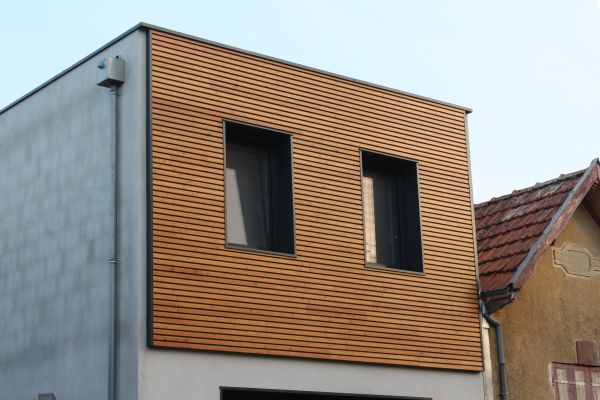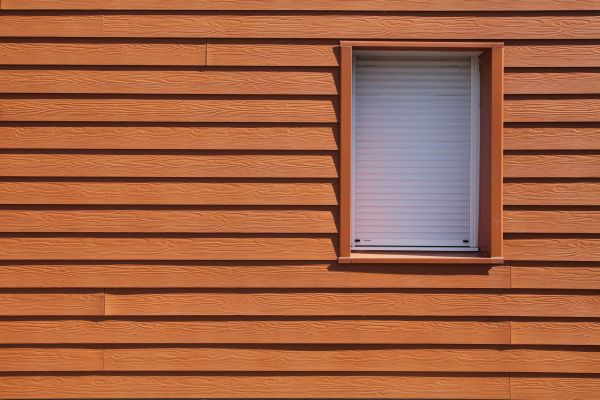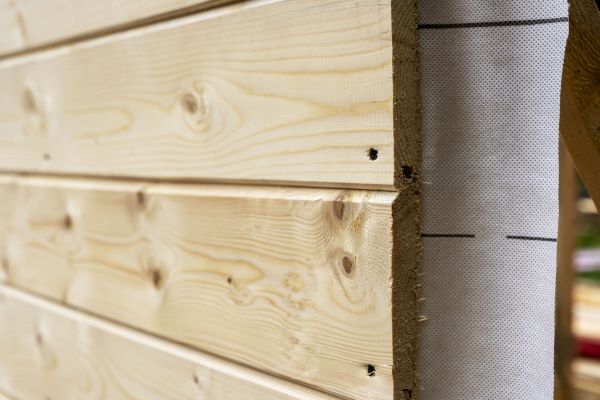Building Cladding Service
Affordable Building Cladding Service
Building cladding service involves the application of an exterior layer to a building, serving both functional and aesthetic purposes. This service is critical as it enhances the building's appearance, improves energy efficiency, and provides protection against weather elements. Cladding acts as a shield against rain, wind, and temperature extremes, thereby prolonging the building's lifespan. Additionally, it can significantly improve the building's thermal insulation, reducing energy costs and contributing to a more sustainable environment.
Benefits of Building Cladding Service
-
Enhanced Aesthetic Appeal
Building cladding can dramatically transform the look of a structure, offering a modern and polished appearance. With a variety of materials, colors, and finishes available, cladding allows for customization that can align with architectural styles and personal preferences, making any building stand out. -
Increased Energy Efficiency
By adding an extra layer of insulation, cladding helps maintain a stable internal temperature, reducing the need for excessive heating or cooling. This not only cuts down on energy costs but also contributes to a more environmentally friendly building operation. -
Improved Weather Resistance
Cladding provides a robust barrier against harsh weather conditions such as rain, wind, and UV rays. This protection helps prevent structural damage and deterioration, ensuring the building remains in excellent condition for longer periods. -
Low Maintenance
Many cladding materials are designed to be durable and require minimal upkeep. This means less time and resources spent on maintenance, allowing building owners to focus on other priorities while enjoying a well-protected property.
FAQs About Building Cladding Service
What materials are commonly used for building cladding?
Common materials include metal, wood, stone, brick, vinyl, and composite materials. Each offers unique benefits in terms of durability, appearance, and insulation properties.
How does cladding improve energy efficiency?
Cladding adds an extra layer of insulation to a building, helping to regulate indoor temperatures and reduce the need for heating and cooling, which lowers energy consumption.
Is building cladding suitable for all types of buildings?
Yes, building cladding can be adapted for a wide range of structures, including residential, commercial, and industrial buildings. The choice of material and design can be tailored to suit specific architectural requirements and environmental conditions.
How often does cladding need to be replaced?
The lifespan of cladding depends on the material used and environmental factors. However, many cladding materials are designed to last for decades with proper maintenance.
Fill out the contact form to request Building Cladding Service today and experience the benefits of enhanced aesthetics, increased energy efficiency, improved weather resistance, and low maintenance for your building.




